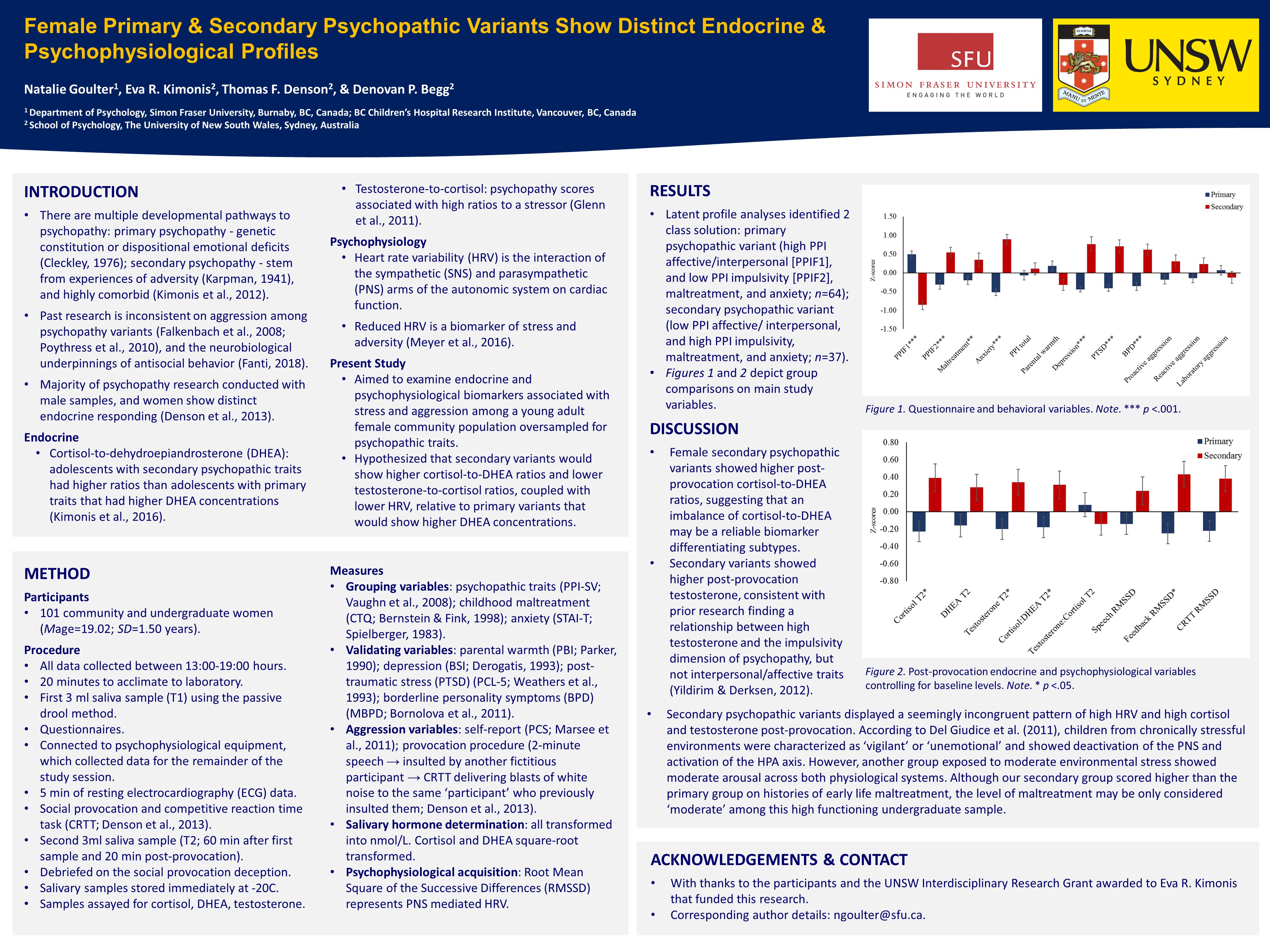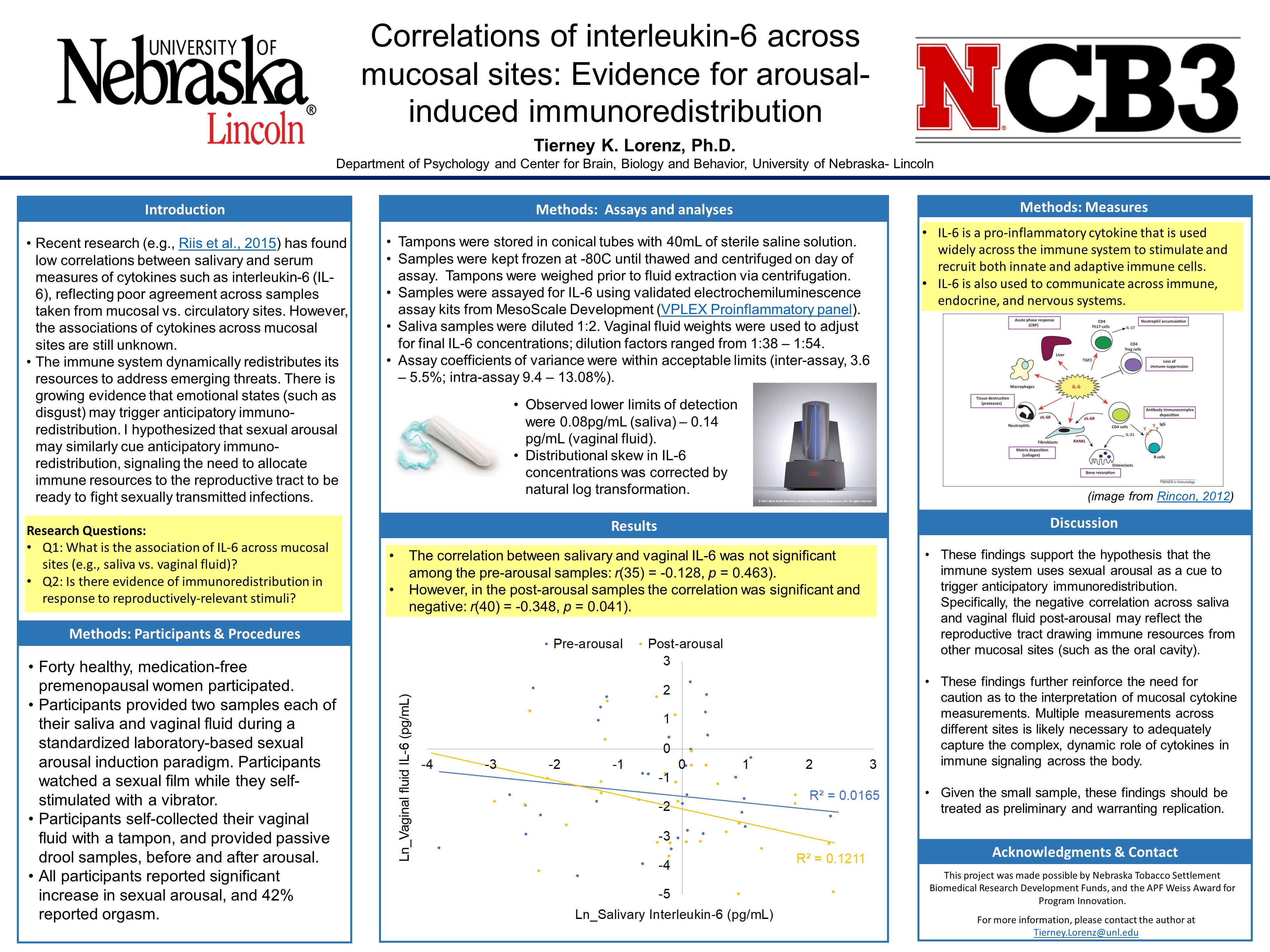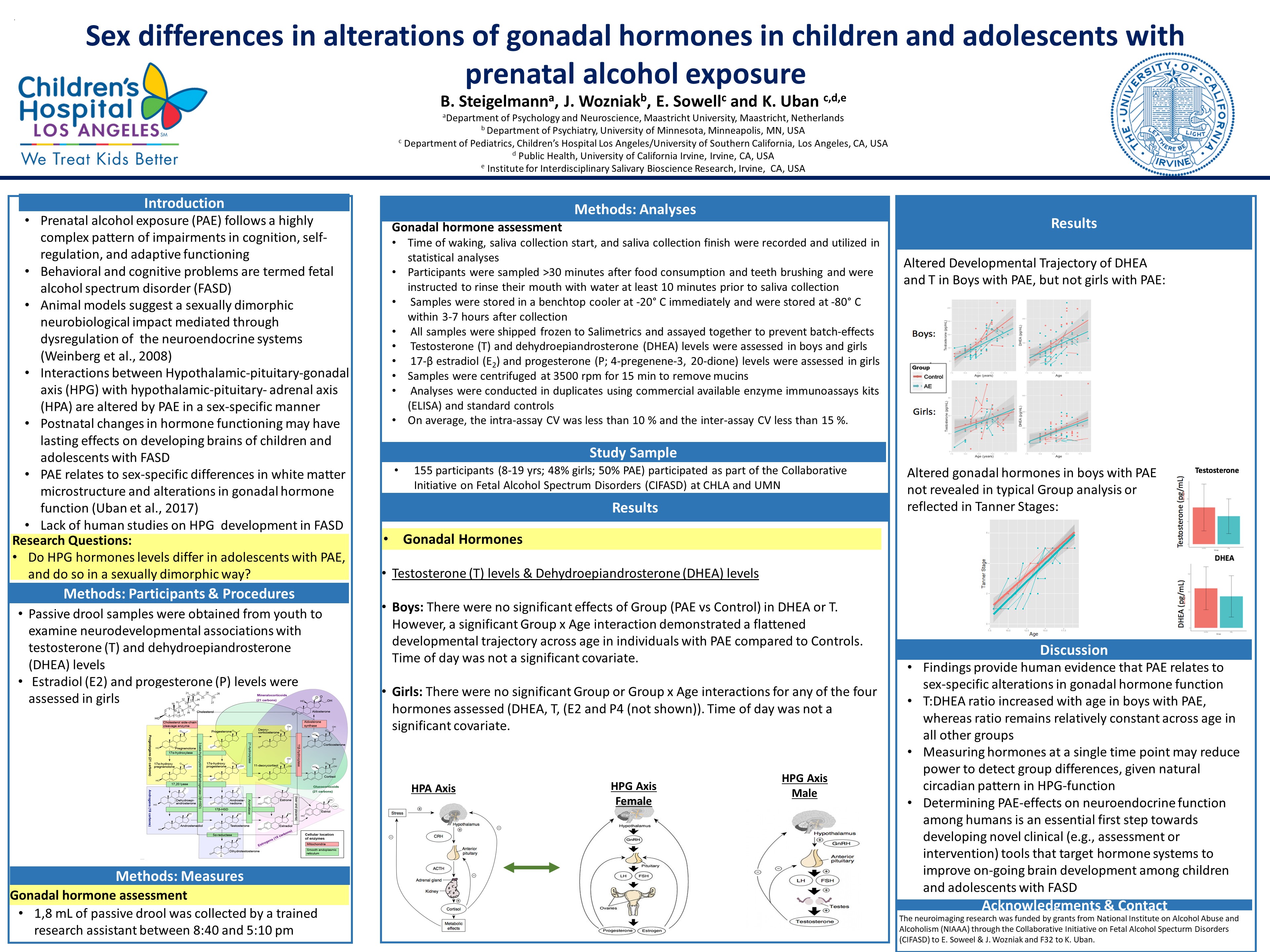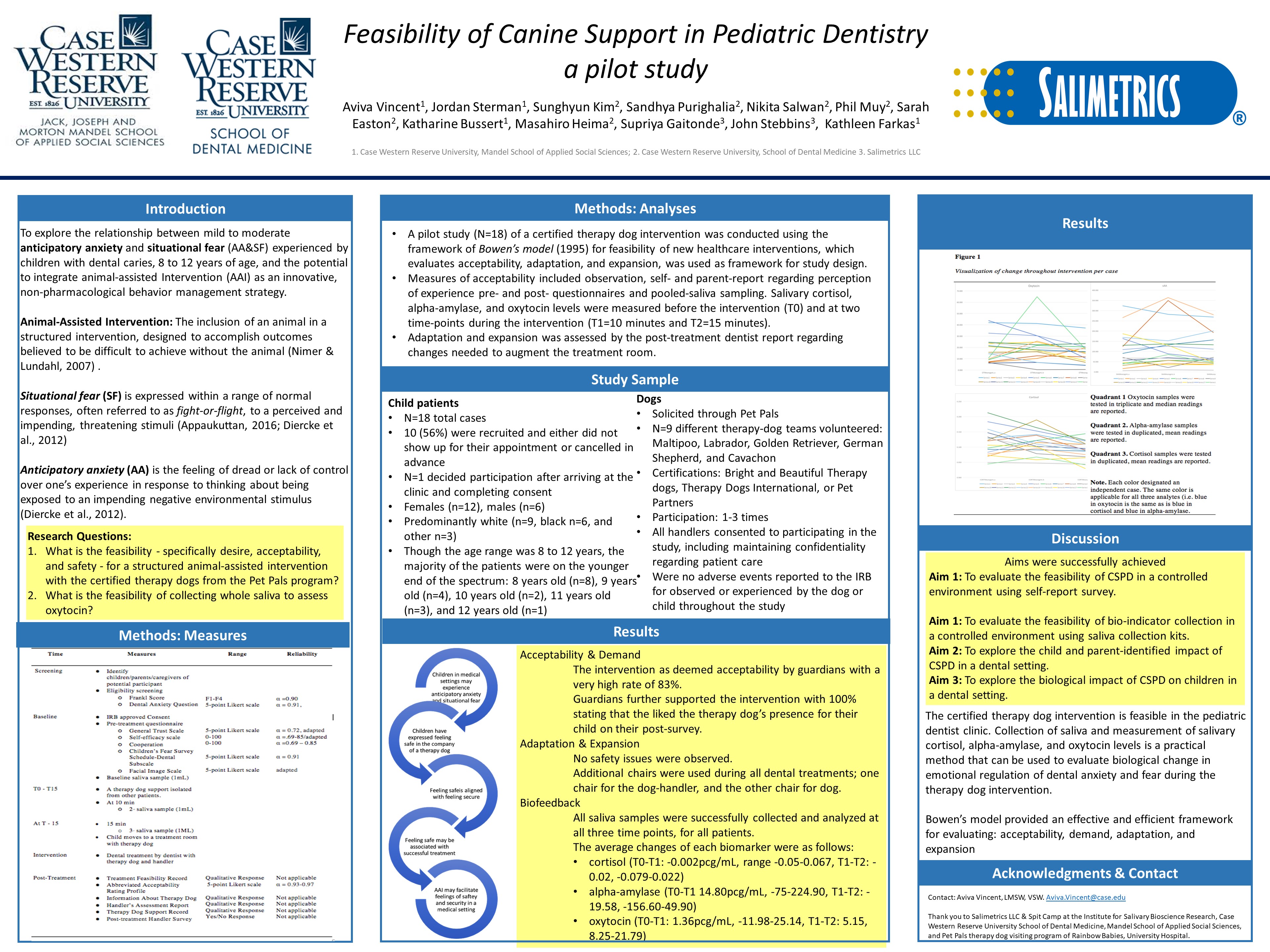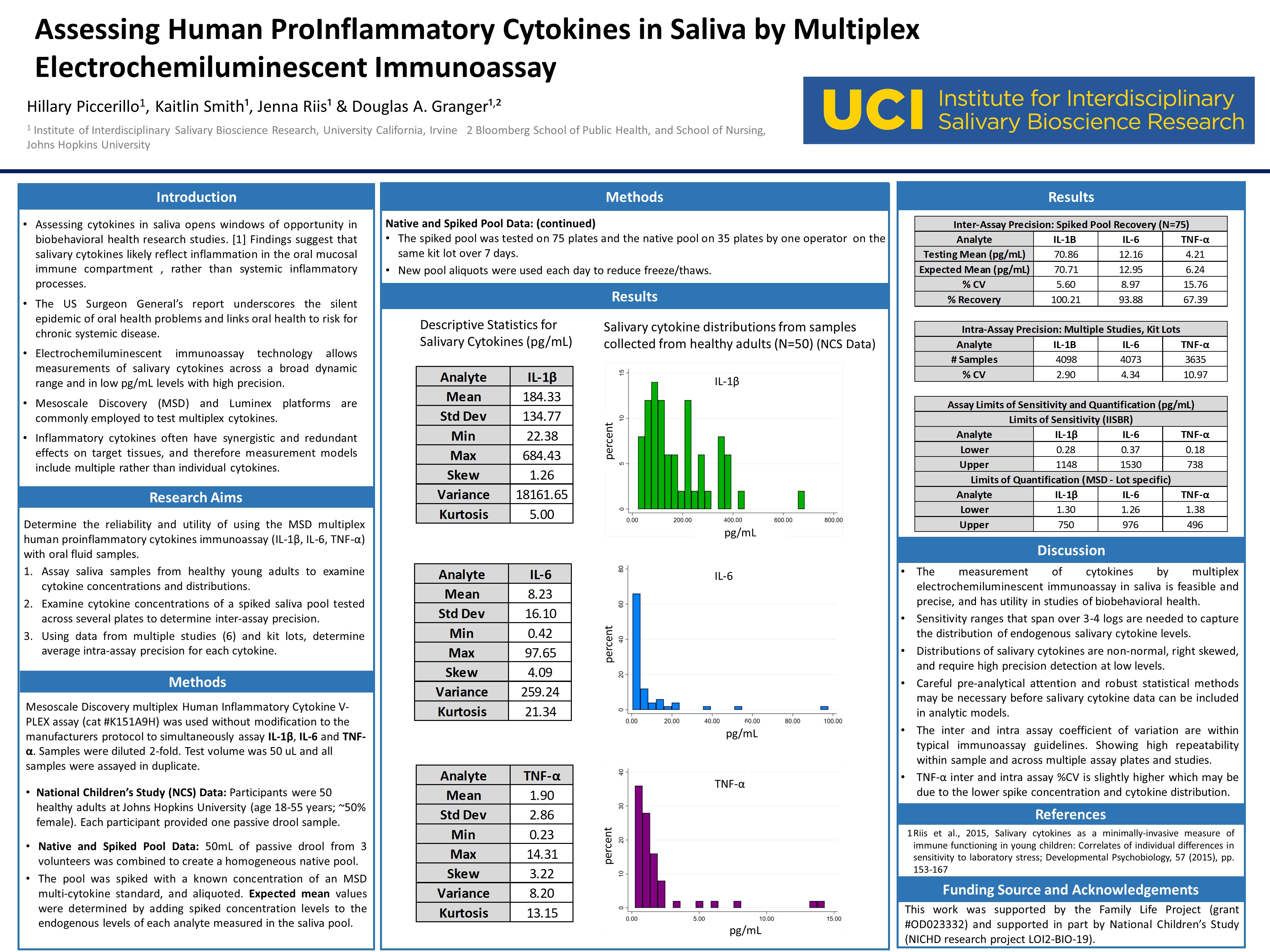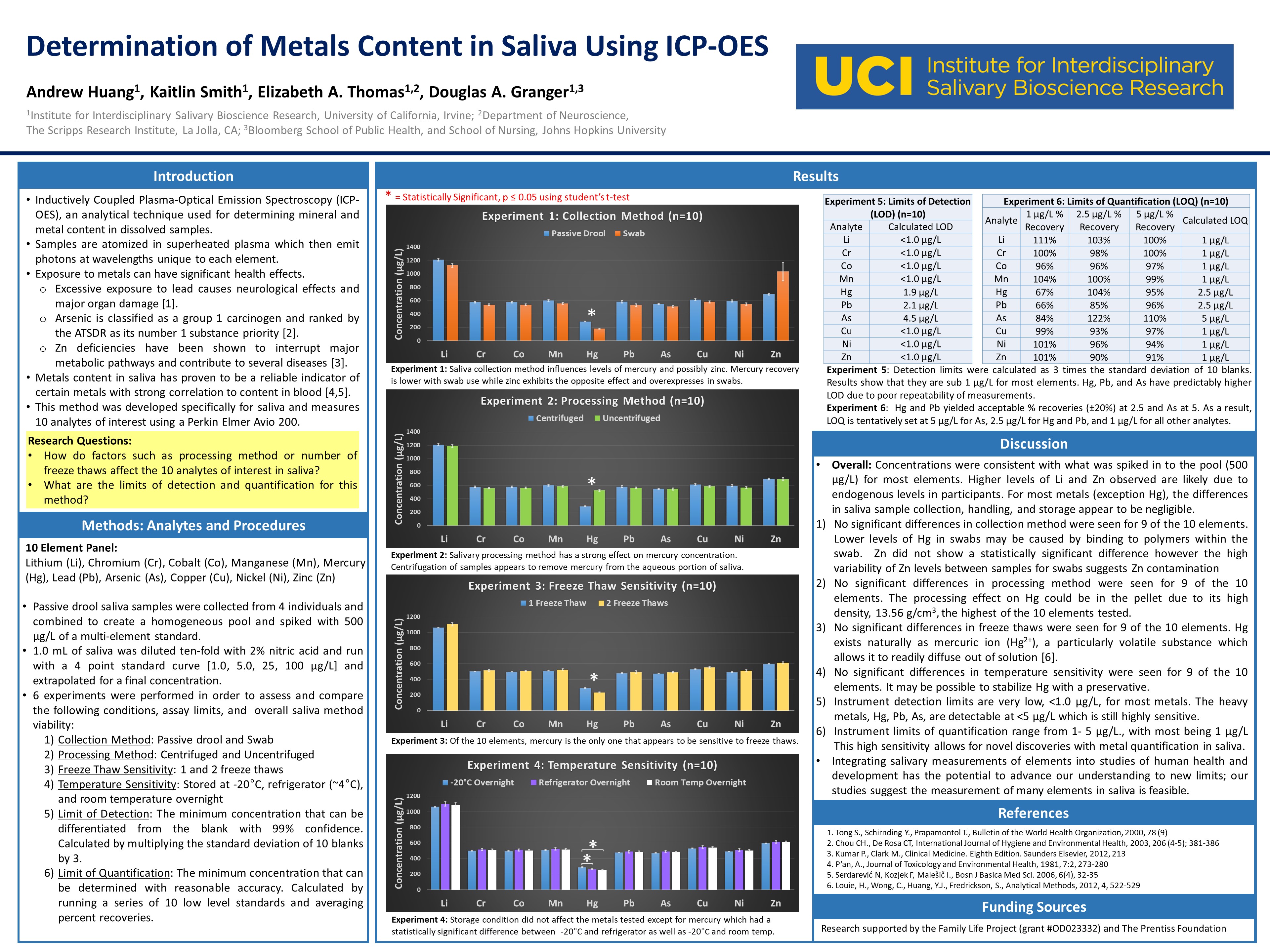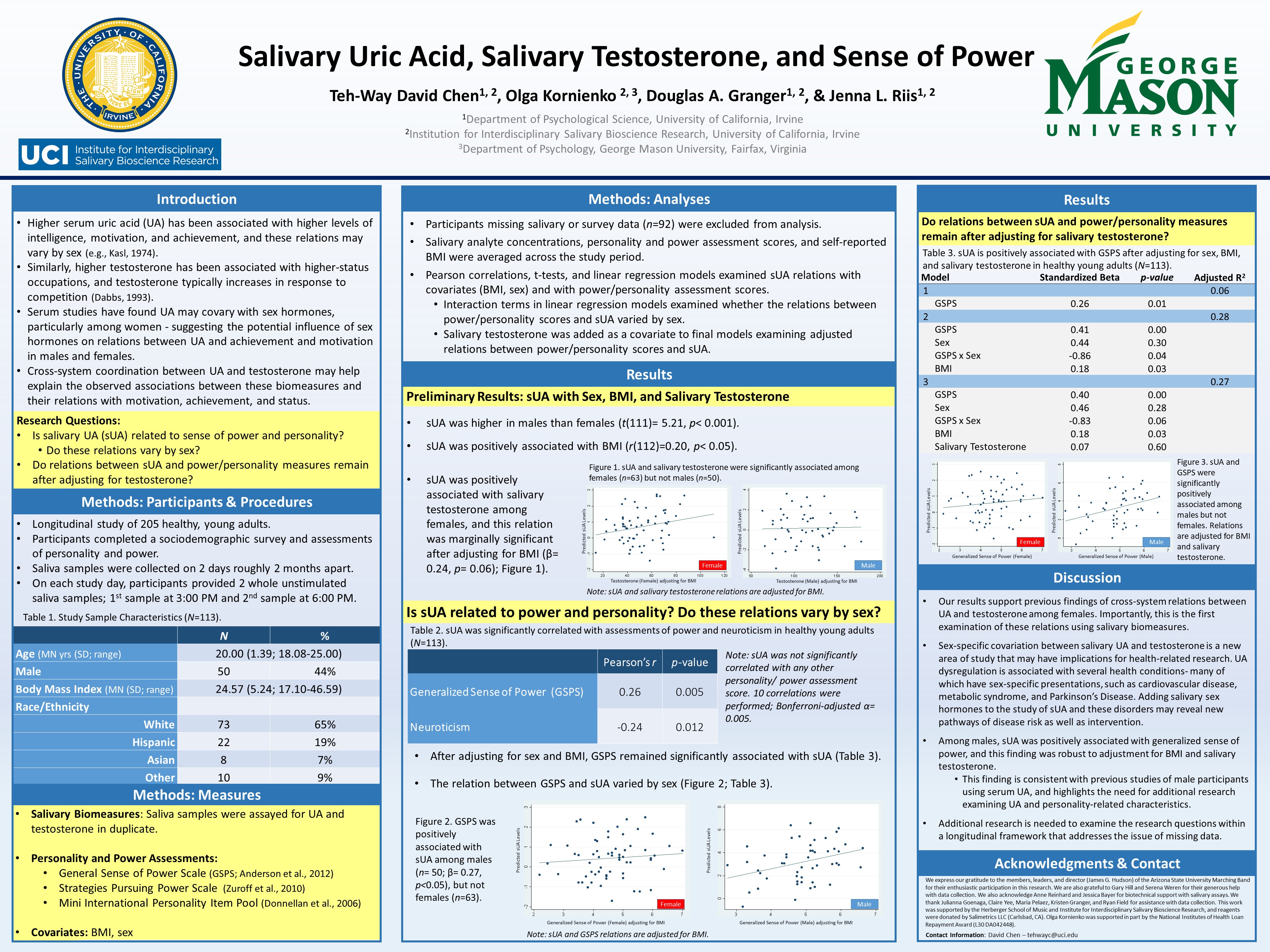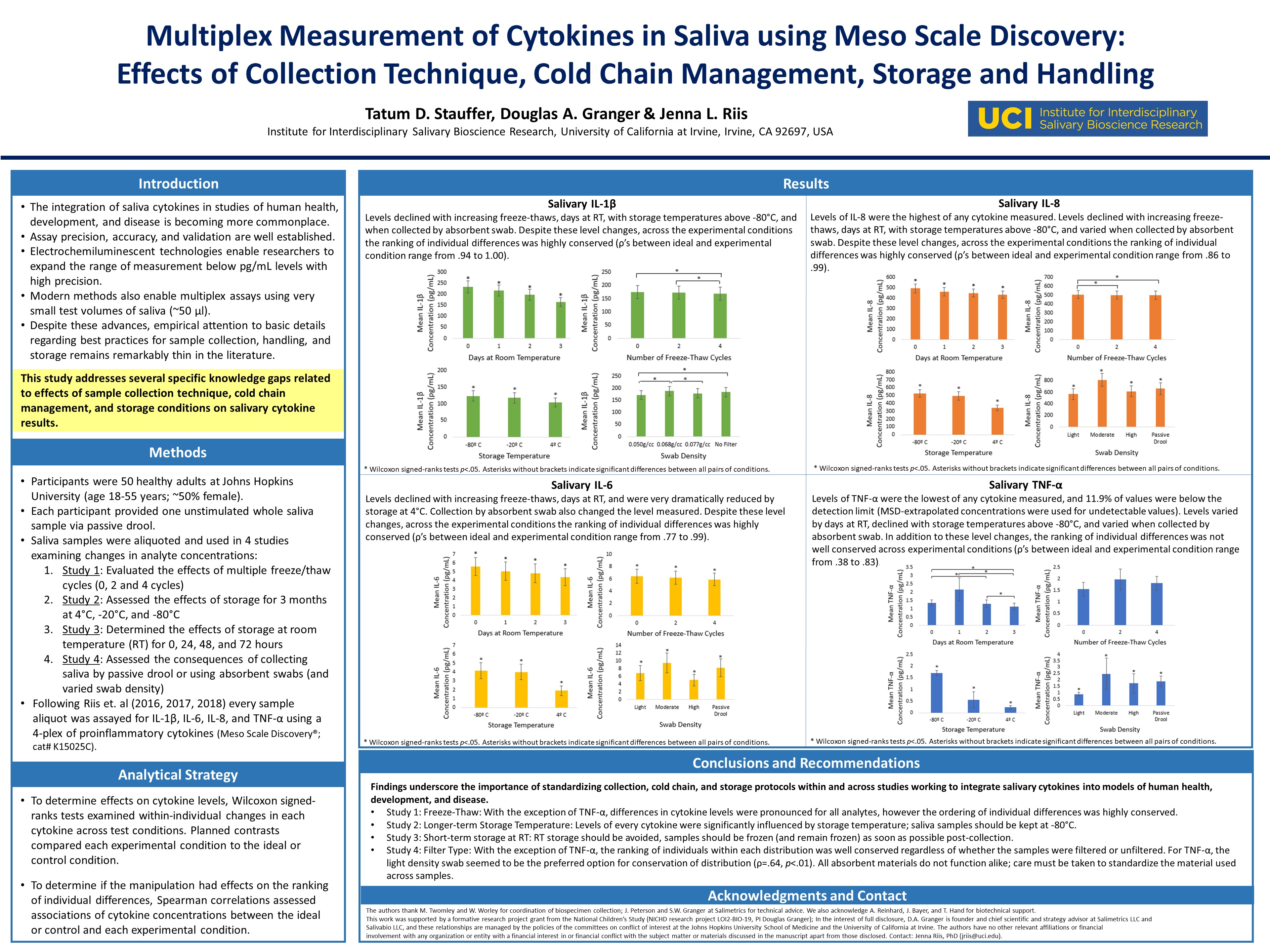Abstract
Research with predominantly male samples supports primary and secondary developmental pathways to psychopathy that are phenotypically indistinguishable on aggressive and antisocial behavior. The aim of this study was to examine whether female variants of psychopathy show divergent endocrine (i.e., cortisol, dehydroepiandrosterone [DHEA], testosterone, and their interactions) and psychophysiological (i.e., heart rate variability [HRV]) reactivity to social provocation. We also tested whether variants differed on reactive aggression when performing a competitive reaction time task against the fictitious participant who previously insulted them. Latent profile analyses on 101 undergraduate women oversampled for high psychopathic traits identified a high-anxious, maltreated secondary variant (n=64) and a low-anxious primary variant (n=37). Although variants did not differ on aggression, secondary variants showed higher cortisol, testosterone, cortisol-to-DHEA ratios, and HRV following social provocation relative to primary variants. Findings suggest that the neurobiological mechanisms underpinning aggression in psychopathy may differ between women on primary versus secondary developmental pathways.
Corresponding Author:
Natalie Goulter
Department of Psychology, Simon Fraser University, Burnaby, BC, Canada; BC Children’s Hospital Research Institute, Vancouver, BC, Canada
Sponsor: Eva R. Kimonis; School of Psychology, The University of New South Wales, Sydney, Australia

